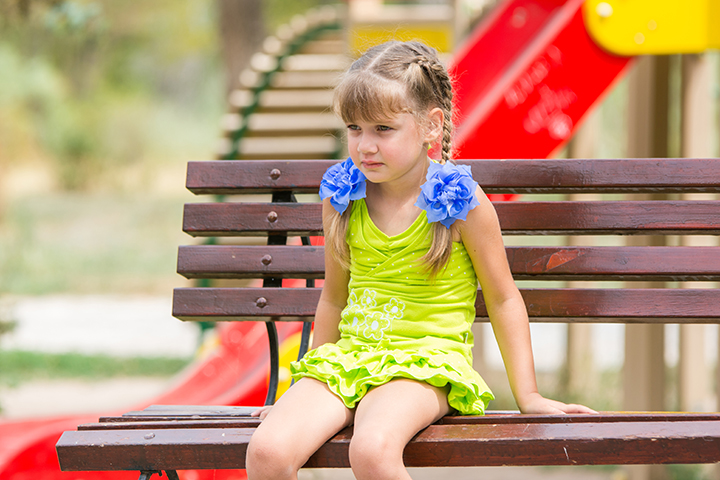Students at two New Jersey primary schools are learning to care for people beyond their networks of friends and family by writing letters to hospitalized children.
Handmade inspirational and holiday cards created by students at John F. Kennedy and and John E. Riley elementary schools in South Plainfield, New Jersey, have been sent to pediatric wards throughout the United States.
As reported in TAPinto South Plainfield, a character education initiative focusing on “caring” and “kindness” was launched at the two schools early in December. Melissa Zurawiecki, guidance counselor for the two schools, said the goal was a caring theme that extended beyond people known to the students.
Although in the past the students have created and sent cards to local New Jersey hospitals, the goal in 2017 was to spread hope beyond the Garden State. To that end, Zurawiecki chose the Cards for Hospitalized Kids organization, an Illinois-based nonprofit, and Ronald McDonald houses throughout the country.
Cards began pouring in almost immediately after students were shown a video about the organization and its founder, Jen Rubino.
“We showed the kids the video in the morning, and by lunchtime we already started to get cards,” said Riley Principal Leo Whalen. “Many of our students also spent their time at home with their families creating beautiful cards to send to hospitalized children,” said Kennedy Principal Kevin Hajduk.
Riley also organized two Student Council spirit days to raise money for South Plainfield families in need, and Kennedy set up two “giving trees” from which staff, parents, and students selected gift tags indicating items to be purchased for local families.
Character grows through becoming part of a story greater than oneself. This program provides one such opportunity.
In his book The Death of Character, Institute for Advanced Studies in Culture founder James Davison Hunter, wrote: “Implicit in the word ‘character‘ is a story. It is a story about living for a purpose greater than the self. Though this purpose resides deeply within, its origins are outside the self and so it beckons one forward, channeling one’s passions to mostly quiet acts of devotion, heroism, sacrifice, and achievement.”
Through writing letters to other children in the hospital, these elementary school students are growing into a story greater than themselves.
Cards for Hospitalized Kids is an established non-profit that works with individuals, groups, and classes to provide joy to hospitalized children. Resources from the Jubilee Centre for Character & Virtues can help to encourage the virtue of kindness in students.


